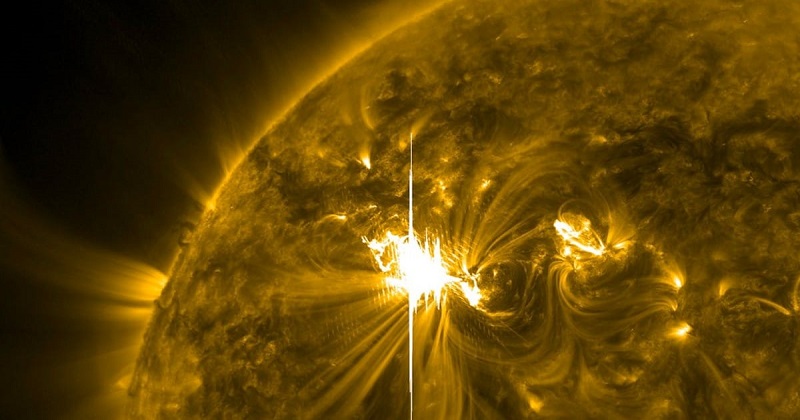
According to the National Aeronautics and Space Administration (Nasa), a high-speed solar storm approaching Earth at 1.6 million kilometres per hour is expected to hit our planet’s magnetic field later today, affecting electricity supply and communication infrastructure around the world.
According to spaceweather.com, the solar flare, which is flowing from an equatorial hole in the sun’s atmosphere that was first detected on July 3, can travel at a maximum speed of 500 kilometres per second. Although full-fledged geomagnetic (Earth’s magnetic field) storms are unlikely, lesser geomagnetic unrest could cause auroras at high latitudes.
The incoming flares are also expected to have an impact on satellites in the Earth’s upper atmosphere. This will have a direct impact on satellite TV, GPS navigation, and mobile phone signal. Solar flares can also disrupt power grids.
According to the latest forecast from the US Space Weather Prediction Centre, the storm could also cause a nationwide blackout of high-frequency radio communication for nearly an hour. The solar flares have been classified as X1 by the Center, with the ‘X’ denoting the classification and the numerical suffix denoting the flare strength.
Massive explosions on the sun’s surface release energy, light, and high-speed particles into space, known as solar flares. The most powerful flares are referred to as ‘X-class flares’ by Nasa, based on a classification system that categorizes solar flares according to their strength. A-class includes the smallest, followed by B, C, M, and X. The solar flare that is likely to hit Earth’s magnetic field today is an X-class flare.

Post Your Comments